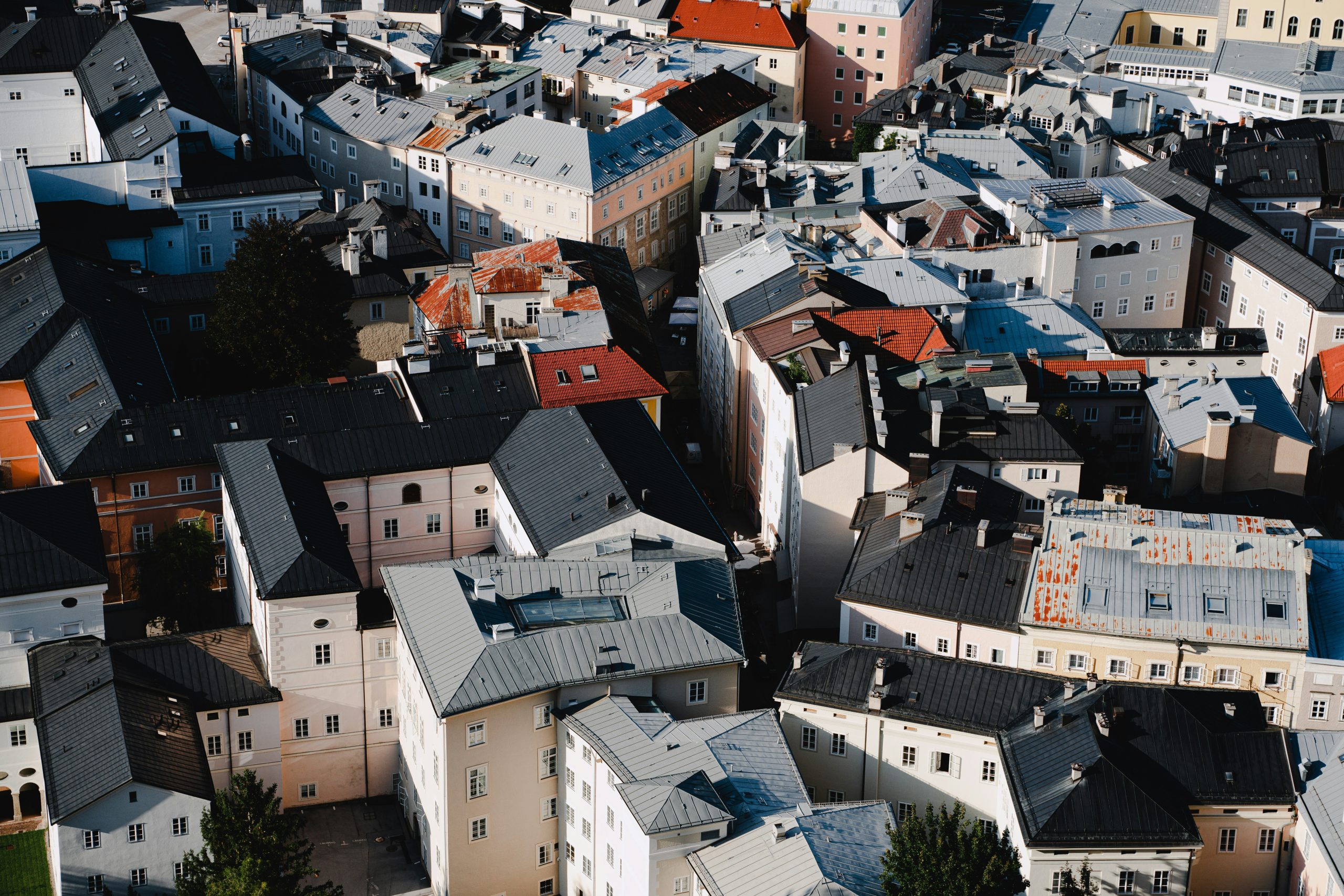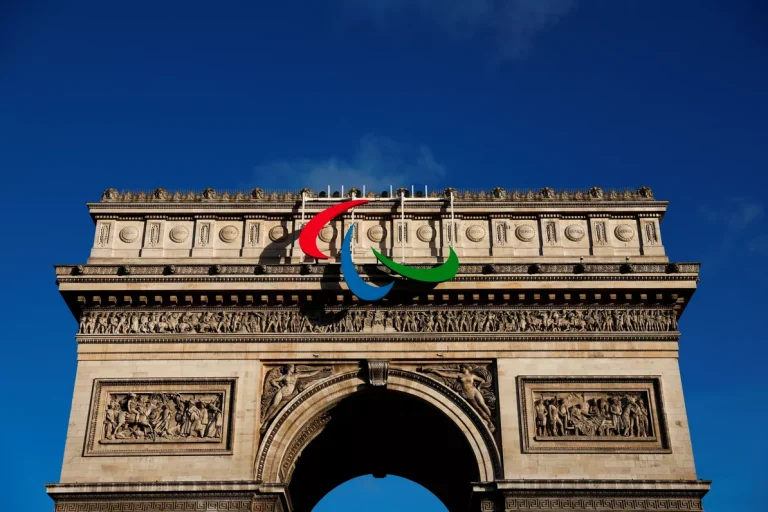Dear Vélib’ aficionados, we’d like to invite you to explore Montreuil – a town with a thousand different faces that boasts an impressive industrial heritage, a little-known agricultural past and numerous craftspeople and creatives who are major contributors to the vibrancy of the local economy.
You’ll need more than one trip to get to grips with Montreuil – it’s an older town than you might think at first glance – the site was inhabited during the Merovingian period (450 to 750 AD). In fact, tools dating back to the Neolithic Age have been discovered near to the La Noue district!
In the Middle Ages, Montreuil’s location close to Paris and its relatively elevated position enabled it to supply drinking water to the château de Vincennes, giving the town a certain status and significance. Many aristocrats and religious leaders and orders settled in the town, leading to the cultivation of the surrounding area.
With the onset of the industrial revolution, Paris’ suburbs underwent radical change around the middle of the 19th century onwards. Whilst towns sited on the plain north of Paris (Saint-Denis, Aubervilliers etc) soon played host to heavy industry and large factories, Montreuil, lacking rail and canal infrastructure due to its hillier topography, instead became a base for craftspeople whose business activities didn’t require sophisticated transportation networks but who did want to be located in close proximity to the French capital.
This thriving industrial scene unfortunately fell victim to automation and offshoring in the years after WW2. This resulted in the closure of many businesses and shuttered-up premises. However, this change also laid the foundations for modern-day Montreuil where former industrial buildings have been converted into arts venues within easy reach of Paris and space has been freed up to build social housing, creating a very multi-cultural community – a bit like a French version of Brooklyn.
Montreuil’s colourful neighbourhoods and streets are filled with walls that really can talk – this itinerary will give you some pointers to help you discover their stories.
We’d like to suggest 7 different locations that epitomize the quirkiness that makes Montreuil one of the most exciting towns in the Greater Paris area.
Departing from: the Paris-Laitières Vélib’ station just beside the Paris ring road. Let’s hop on our Vélibs and venture into the network of narrow streets that criss-cross the town.
The old premises of the Société Parisienne de Tranchage et de Déroulage

Alas, all that’s left is the main entrance, but there’s a fascinating story behind it.
This story begins in 1871, when the Cavillet sawmill is built. The mill imports hardwoods (mahogany, American sycamore…) and turns them into exportable products like thin plywood sheets and various items such as wheels. The site employed up to 250 people as late as 1950 and was an integral part of the thriving local wood-working scene, comprising numerous individual craftspeople.
The generalized industrial decline that set in during the 1950s in Montreuil didn’t spare this factory, which finally closed in 2001. The building was later knocked down and converted and now mostly houses government agencies with a few businesses thrown into the mix.
Don’t miss Antoine Petel’s sculpture, ‘Asymptote’, which stands an incredible 35 metres high! It represents the last link between the old (with its design, reminiscent of a factory chimney) and the new (the sculpture also depicts atoms and strands of DNA).
The old Klein piano factory and showroom
Founded in Alsace by Joseph Klein in 1791, Klein pianos moved into a premises here in 1872. At its height one hundred years ago, the company made 1,500 pianos a year and had a workforce of 150.
Everything is on a smaller scale now, but this music industry institution continues to produce pianos that are ‘Made in Montreuil’. The current factory is near our first stop and the large showroom is now an airy café with a distinct London look about it.
A great source of pride to the local community, Pianos Klein is one of the oldest piano manufacturers still in existence and has been headed up by 7 successive generations of the founding family. The current director is Aymeric Klein.
Aciéroid, a cathedral in a wasteland

In the space of a short ride, the atmosphere becomes heavier, almost post-apocalyptic. We go from one factory which has survived because it was able to adapt to changing times to another which didn’t make it, in this case, the Aciéroid factory.
A huge metal framework in a plot of waste ground is all that’s left of the old plaster plant which turned the gypsum extracted from the Morel quarry into plaster. Its skeletal remains watch broodingly over the Rue de Paris – an eerie reminder that nothing stops the passage of time.
The water tower of the old Pernod factory
You won’t come across this very well-hidden spot just by chance. Located at 87 rue de Paris, you’ll need to enter the main entrance to a nondescript apartment building and walk through to the inner courtyard before finding yourself face-to-face with the old Pernod factory’s water tower.
A factory in a courtyard – well, that’s just Montreuil to a T!
In 1872, Ariste Hémard a farmer from Eure-et-Loir, came to Paris to try his hand at a totally different line of work. He bought an old distillery and made a range of liqueurs: absinthe, gentiane, and later on, the famous Pernod (an aniseed-flavoured aperitif).
Who knows? If we let our minds run free, perhaps we could imagine the main character in Degas’ famous painting ‘L’absinthe’ drinking a liqueur produced in this very place?
The factory closed in 1974 and in the 1990s the remaining buildings were converted into studios, offices and social housing.
L’espace Albatros

With the Rue de Paris behind you, Montreuil’s industrial side gives way to a more peaceful village vibe. Little houses punctuate the streets with splashes of vibrant colour, the local cafés welcome a host of regulars, each with their favourite spot at the bar!
However, as you’ve probably worked out by now, in Montreuil, appearances can be deceptive.
On the Rue du Sergent Bobillot there’s a huge mural depicting Michaël Chemla which covers the façade of the Espace Albatros (well-known for its alternative evening arts events). This is a place that’s had a rich and very diverse past.
Built in 1904 as a response to Pathé’s growing output of films (at that time it was the biggest film production company in the world), Pathé – Albatros studios made thousands of films and newsreels during the Golden Age of silent film. On set you could meet Jean Renoir, Abel Gance, Jean Epstein and others…
The advent of talking films put an abrupt stop to the studio’s activities as Pathé pulled out of the venture in 1927. The premises were then sold to a metalworking concern before being bought by the Chemla family in 2002. The family has turned the site into a multi-purpose venue (acting school, theatre…) in memory of their son Michaël who was an actor and director.
Peaches trained against walls
Peaches in Montreuil? What’s that about?
It may seem strange, but as early as the 17th century peaches were grown in Montreuil using fan-trained trees grown against walls, called peach walls. These whitewashed, plastered walls (the plaster sourced from local quarries) absorbed the sun’s heat and released it later, creating a micro-climate up to 8 to 12 degrees warmer than the surrounding area. This meant that fruits normally grown much further south could be cultivated – notably peaches.
So, it just goes to show that urban farming isn’t a 21st century phenomenon!
Unfortunately, these peaches, which were very popular in the 19th century, were unable to compete with much more cheaply-produced fruit brought from the south of France by railway in the 1880s…Only around 15km out of an original 600km of walls remain, but a number of charities are doing their utmost to preserve them and put them back into use (free entry on Sunday afternoons, check opening hours in advance with the relevant charity).
Montreuil Zone Industrielle Nord also known as Mozinor

At the end of the 1960s, in response to a changing industrial scene and the advent of outsourcing, Montreuil created the first ‘high-rise’ industrial estate in France, thus making the most of the town’s proximity to Paris. Built next to a motorway slip road, it boasts 42,000m2 of workspace on a three hectare site. The site is directly accessible via a central two-way ramp whereby vehicles entering and leaving the site are kept separate. Opened in 1975, the original project was vastly scaled back and most buildings were semi-abandoned following a recession. However, Mozinor played host to the first raves in the 80s and 90s. This is a town where nothing is ever wasted!
Now Mozinor is almost completely full up and is used by manufacturers, for warehousing and even by music studios.
Feel free to take a peek at its green roof and get in on some urban photography action (sure to be a hit for your Instagram followers 😉)
The final part of the journey is all downhill and takes you to Place Jean Jaurès, where you can drop your Vélibs at the Mairie de Montreuil Vélib’ station.
So, what are you waiting for? It’s time to get pedalling!





